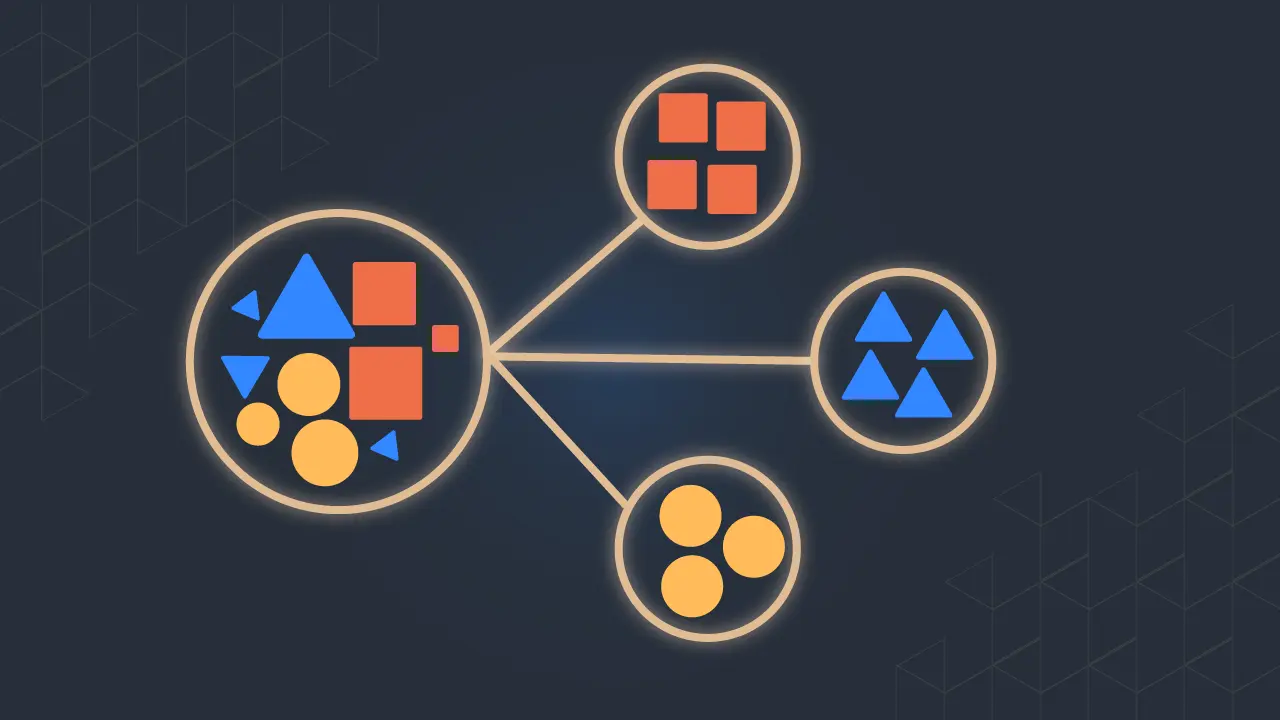Content has become a key component of digital marketing and SEO strategies, with businesses and organizations striving to create engaging and informative content that resonates with their target audience. One approach that has gained popularity in recent years is the content cluster strategy.
In this article, we will go for a refresher on a successful content cluster strategy for a more robust SEO. Since your website needs it to enhance the content, here we present the most basic insight into the best practices.
What Is Content Cluster Strategy?
Content cluster strategy is an approach that involves creating a group of interlinked content pieces on a particular topic. The strategy is based on the idea that by creating a network of related content, a website can improve its SEO and provide comprehensive coverage of a particular topic, resulting in increased engagement from readers.
Types of Content Clusters
There are three main types of content clusters:
Hub-and-spoke: This involves creating a central piece of content (the hub) and supporting it with a series of smaller, related pieces (the spokes).
Grouping: This involves creating a group of related content pieces on a particular topic or theme.
Hybrid: This involves combining the hub-and-spoke and grouping models to create a more complex content cluster.
How Content Clusters Work
A content cluster typically consists of a central "pillar" piece of content that covers a particular topic in-depth. The pillar content is then supported by a series of smaller, more specific "cluster" pieces that cover subtopics related to the main topic.
These cluster pieces are interlinked with the pillar content, as well as with each other, creating a web of related content that provides a more complete picture of the subject.
The interlinking between the pillar content and the cluster pieces is critical to the success of the content cluster strategy. By linking related content, a website can improve its SEO by signaling to search engines that the site is an authoritative source on the topic.
Additionally, internal linking within the content cluster can keep readers engaged on the site for longer periods. That way, it results in increased time on site and potentially higher conversion rates.

Picture 1: Illustration of content clustering
Key Elements of a Successful Content Cluster Strategy
To create a successful content cluster strategy, there are key elements that need to be considered. These elements include:
Researching and Selecting a Central Topic
The first step is to identify a central topic for the content cluster. This should be a topic that aligns with the target audience's interests and needs, and that the business or organization has expertise in.
For example, you have a page that discusses the topic as a whole in a general way. The Title can be like the following:
The Ultimate Guide to Sustainable Fashion
Everything You Need to Know About Vegan Diet
How to Conduct A Comprehensive Keyword Research
Creating Pillar Content
Once the central topic is identified, the next step is to create a comprehensive, long-form piece of content that covers the topic in-depth. This is called the pillar content and serves as the foundation for the rest of the content cluster.
Here is an example of pillar content to support the central topic; The Ultimate Guide to Sustainable Fashion
5 Sustainable Fabrics You Need to Know About
The Pros and Cons of Renting vs. Buying Sustainable Fashion
The Top Sustainable Fashion Brands to Watch
Identifying Cluster Topics and Creating Supporting Content
After the pillar content is created, the next step is to identify subtopics related to the central topic and create supporting content for each subtopic. The supporting content should be shorter and more specific than the pillar content and should provide additional information on the subtopic.
Take an example from the previous content pillar mentioned above; 5 Sustainable Fabrics You Need to Know About. Here are some cluster topics that can be generated:
The Environmental Impact of Cotton Production
How to Care for Sustainable Fabrics
The Pros and Cons of Using Recycled Fabrics
Internal Linking
The key to a successful content cluster strategy is the interlinking between the pillar content and the supporting content. Each supporting content piece should link back to the pillar content, and the pillar content should link out to the supporting content pieces.
This helps to create a network of related content that search engines recognize as authoritative and engaging for readers. Not only for search engines but also for readers' ease of navigation.
Regular Updates and Maintenance
Finally, a content cluster strategy requires regular updates and maintenance to ensure that the content remains relevant and up-to-date. This includes updating the pillar content with new information and ensuring that the supporting content is still relevant and accurate.
For the maintenance effort, the website owner can track the ranking of each content and keyword to know how it performs in the SERP. Use an SEO tool that can help you deal with keyword tracking and provide ease of cluster observation.
In Sequence Stats, you can monitor all your targeted keywords including the central, pillar, and cluster content. Next, you can create a View which enables you to observe the keyword ranking data based on a certain grouping. That way, you can measure the success of the content cluster strategy.

Picture 2: Keyword list in a certain View on Sequence Stats
Best Practices for Content Cluster Strategy
After you know how to build a successful content cluster strategy, you might need to advance it to the next level by knowing the best practices. Here are some best practices to keep in mind when developing a content cluster strategy:
Focus on audience needs and interests: Make sure you're creating content that speaks to their needs, interests, and pain points.
Ensure quality and relevance of content: Ensure that your supporting content pieces are relevant to your central topic and provide additional insights or perspectives.
Use multimedia elements to enhance content: Incorporate multimedia elements, such as images, videos, infographics, or podcasts, to enhance the user experience and make your content more engaging
Optimize content for SEO: Ensure that your content is optimized for search engines by including relevant keywords, improving readability, and other SEO elements.
Promote content effectively: This may include sharing on social media, email newsletters, or outreach to influencers in your industry.
Conclusion
Let's wrap it all up. In conclusion, a successful content cluster strategy can significantly improve your SEO, enhance your audience engagement, and establish your business or organization as a thought leader in your industry.
By identifying a central topic, creating pillar content, developing supporting content pieces, optimizing for SEO, and promoting effectively, you can build a comprehensive network of content.
Remember to measure the success of your content by tracking its ranking. To do that, Sequence Stats can be the perfect helping tool. Explore what we offer and enjoy the free trial for one year full.